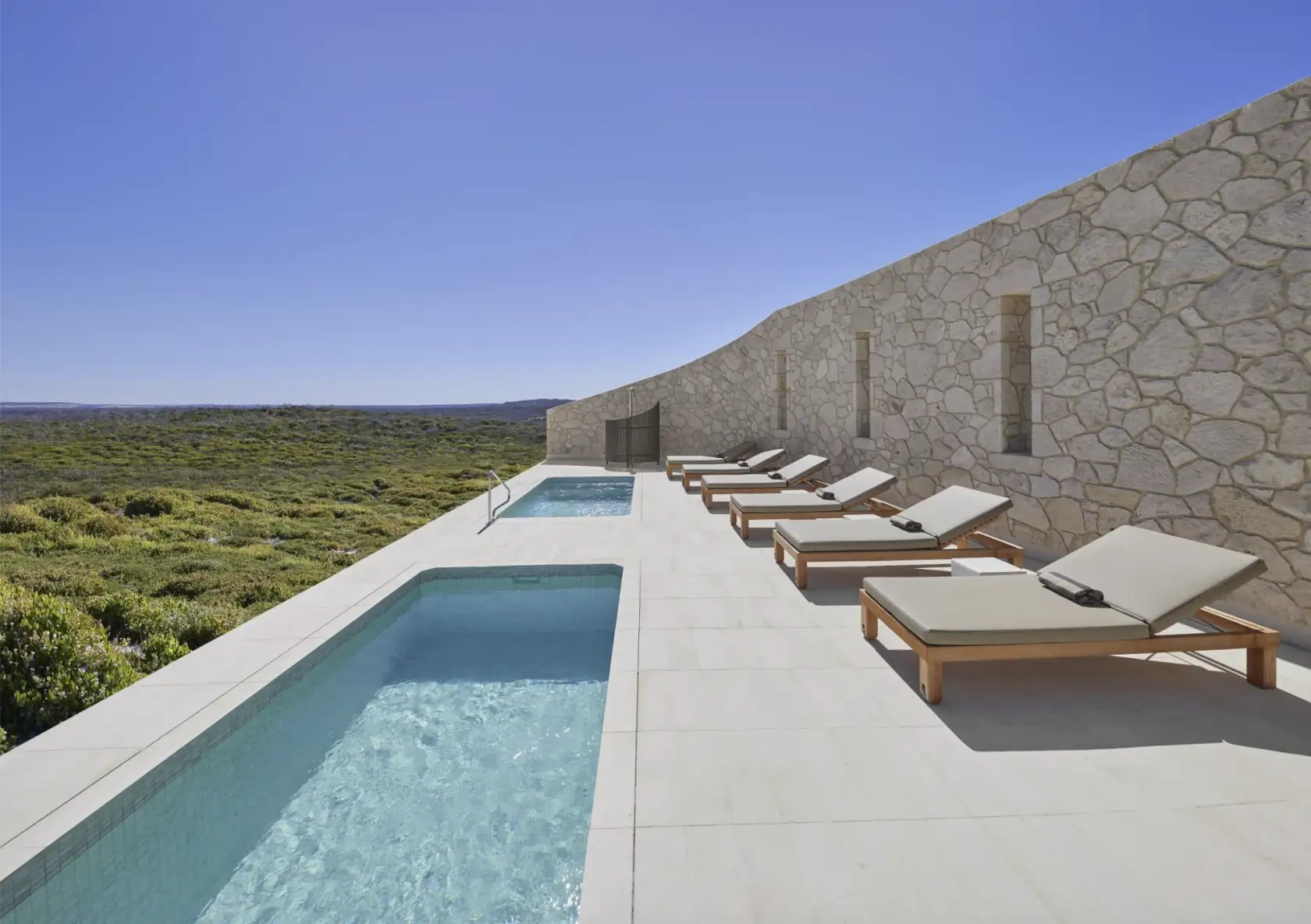

Sun-smart tips for a safer summer
Don’t know your SPF from your UPF or your EPF? Not sure what the UV index is telling or why you need to know? Read on for all the latest sun smart info.
Slip, slop, slap…we all know the mantra. In terms of raising public awareness, the SunSmart ad series is the stuff of legends. Originally launched in the early 80s and imploring us to “slip on a shirt, slop on some sunscreen and slap on a hat”, the campaign was updated in the mid-2000s to include two new Ss. We’re now advised to also ‘seek’ shade where possible and ‘slide’ on a pair of sunglasses in addition to the first three steps – especially when the UV index is at three or above.
While it may have lost the catchy three-word slogan in the process, the newer messaging is more complete and gives us a clearly defined starting point for action. So, what’s the UV index, what do the numbers mean and how can you get a current reading?
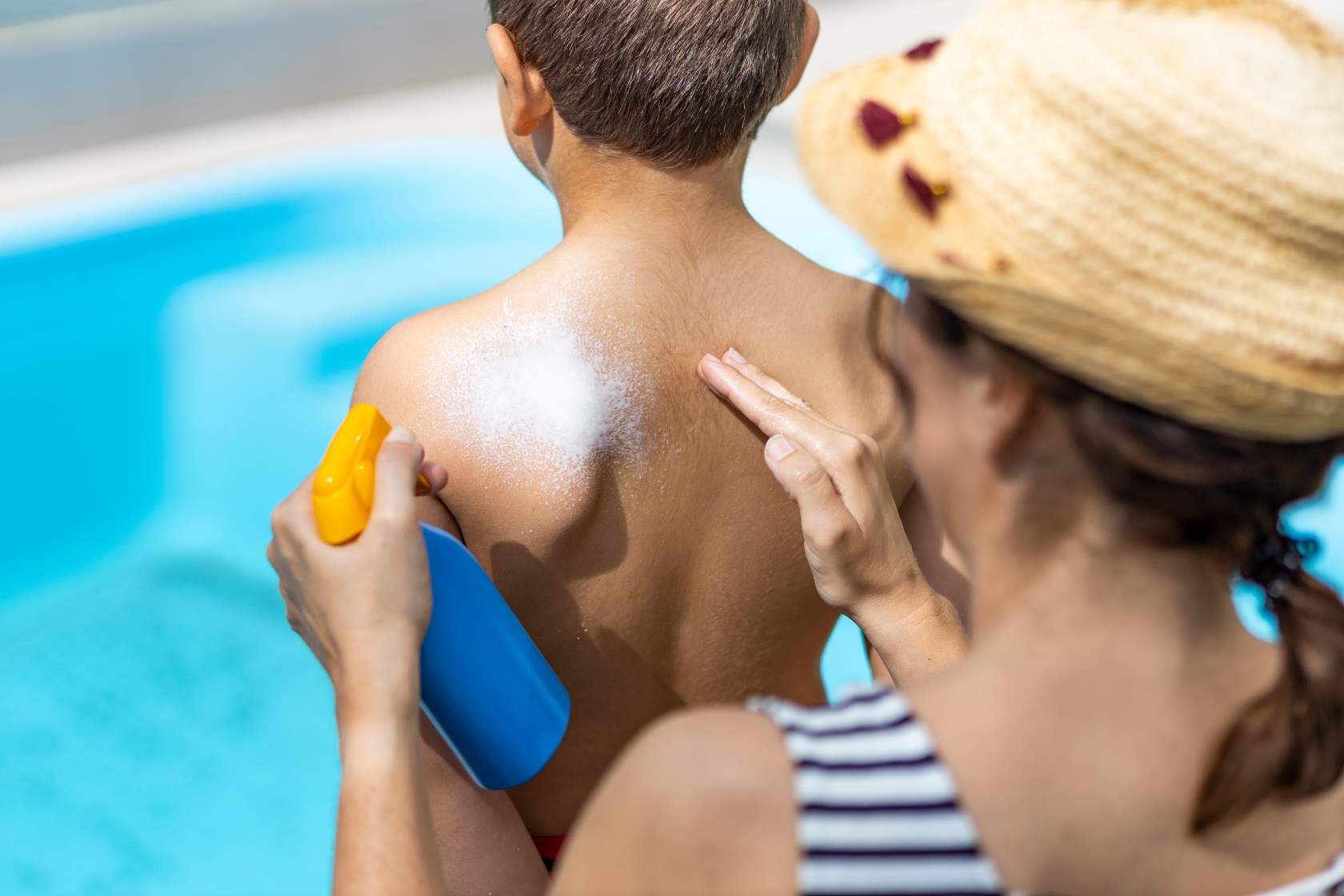
Understanding the UV index
The UV index (UVI) is an international standard used to measure UV radiation intensity in a specific place and at a specific time. It basically tells us when we need to use sun protection like sunscreen, hats, clothing and sunglasses.
The index is linear and spans from 0 to 11+. It’s arranged a bit like the old fire danger rating scale before it was revised in 2022 – from low to extreme.
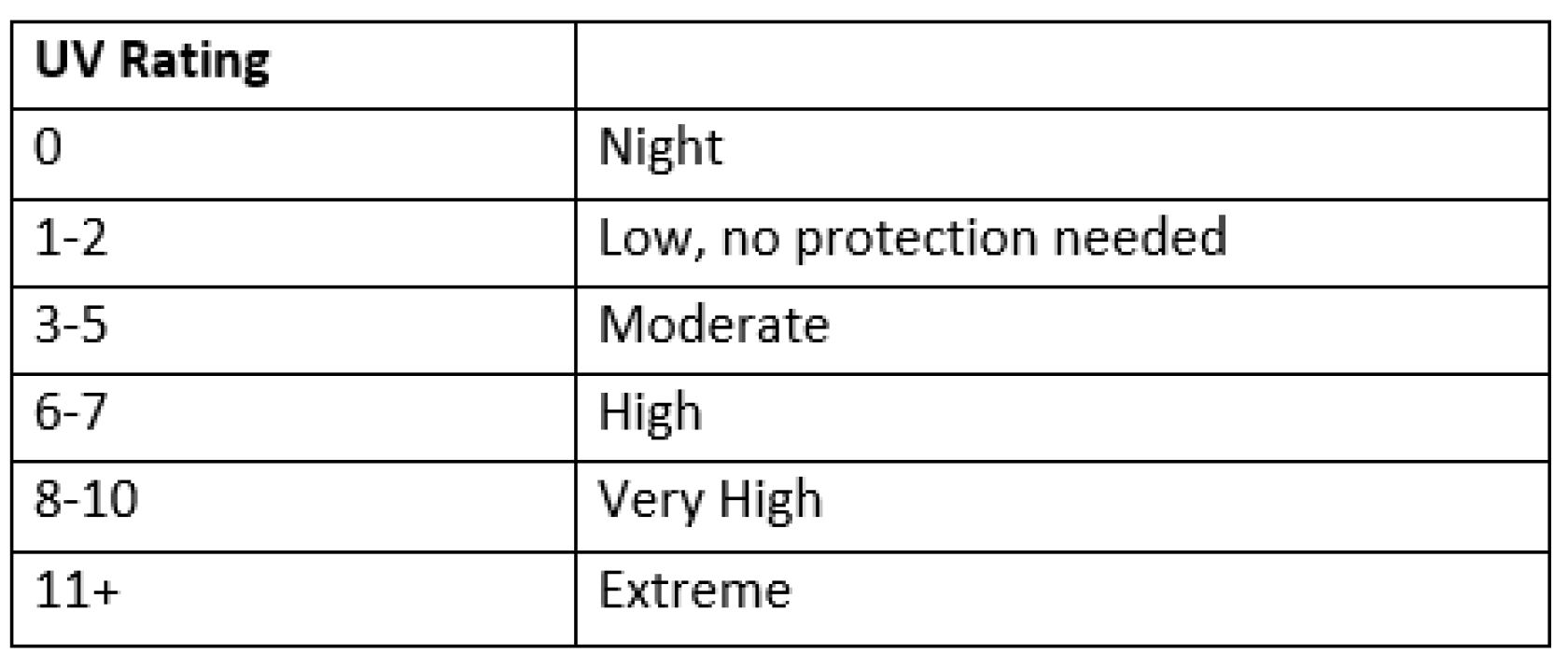
A reading of three or above indicates a moderate intensity that requires sun protection. As a guide, most Australian capital cities see an average daily maximum of three or higher for all but a couple of months each year. In Darwin and Brisbane, that average is three or above year-round, while Hobart and most of New Zealand slip to an average of one or two between May and August. The bottom line is that being outdoors across most of ANZ – for most of the year at least – means wearing sun protection during nominated hours.
But how do you know what the nominated hours are? Weather reports now include generalised sun protection advice when the UVI exceeds three, as do many of the weather apps. For a more accurate picture – including a three-day forecast, live UVI readings for your location and time-specific sun protection details – check out the Sun Smart app. Developed by the Cancer Council and available in the usual places, the free app and gives you precise info to a suburb (in Aus) or city (NZ) level, making it easy to plan for a safe day in the sun.
Sunscreens and SPF
Back in the day sunscreens were called suntan lotions and oils. As the name implies, users were focused on extending their time in the sun to achieve a dark tan, rather than actual protection. When sun protection factor (SPF) numbers were first introduced, they much lower – SPF2 offered minimal defence, SPF4 was moderate and SPF8 was generally reserved only for those with the palest of skins. We’ve come a long way.
While SPF15 sunscreens are still available, you’d be hard-pressed to find endorsement of anything less than 30. Contrary to popular belief, higher SPF numbers don’t mean you can stay in the sun for longer. SPF15 filters out about 93% of UVB radiation – the rays that cause sunburn and add to skin cancer risk – versus 97% for SPF30, while SPF50+ achieves about 98%, making it the preferred option in virtually every case.
We’ve always been told that sunscreen should be applied 15-20 minutes before exposure, which isn’t just some arbitrary number. According to the Cancer Council, that time frame allows the product to flow through the series of peaks and troughs that form our skin at a microscopic level and to bind properly. You probably also know that you need to reapply every two hours and after swimming or exercise – regardless of what the label tells you.
In news that may have escaped you though, it seems we’ve all been falling short of the suggested standards by not applying enough product. The advice is one teaspoon per limb, one for the front, another for the back and a final teaspoon to cover face, neck and ears. That’s seven teaspoons (or 35ml) per person, every time you apply – which that’s probably a lot more than you think it is.
Sunscreen product sizes for are remarkably inconsistent, with smaller personal tubes starting at about 35ml and topping out at 90-100ml. That’s just one full application for one person at the low end, while the larger sizes aren’t quite delivering three. You’ll get about seven goes out of a 250ml container, while a 500ml pump bottle is good for around 14 applications – that’s just shy of three each for family of five. If your usage isn’t stacking up with these numbers, you’ve probably been under-applying according to the experts.
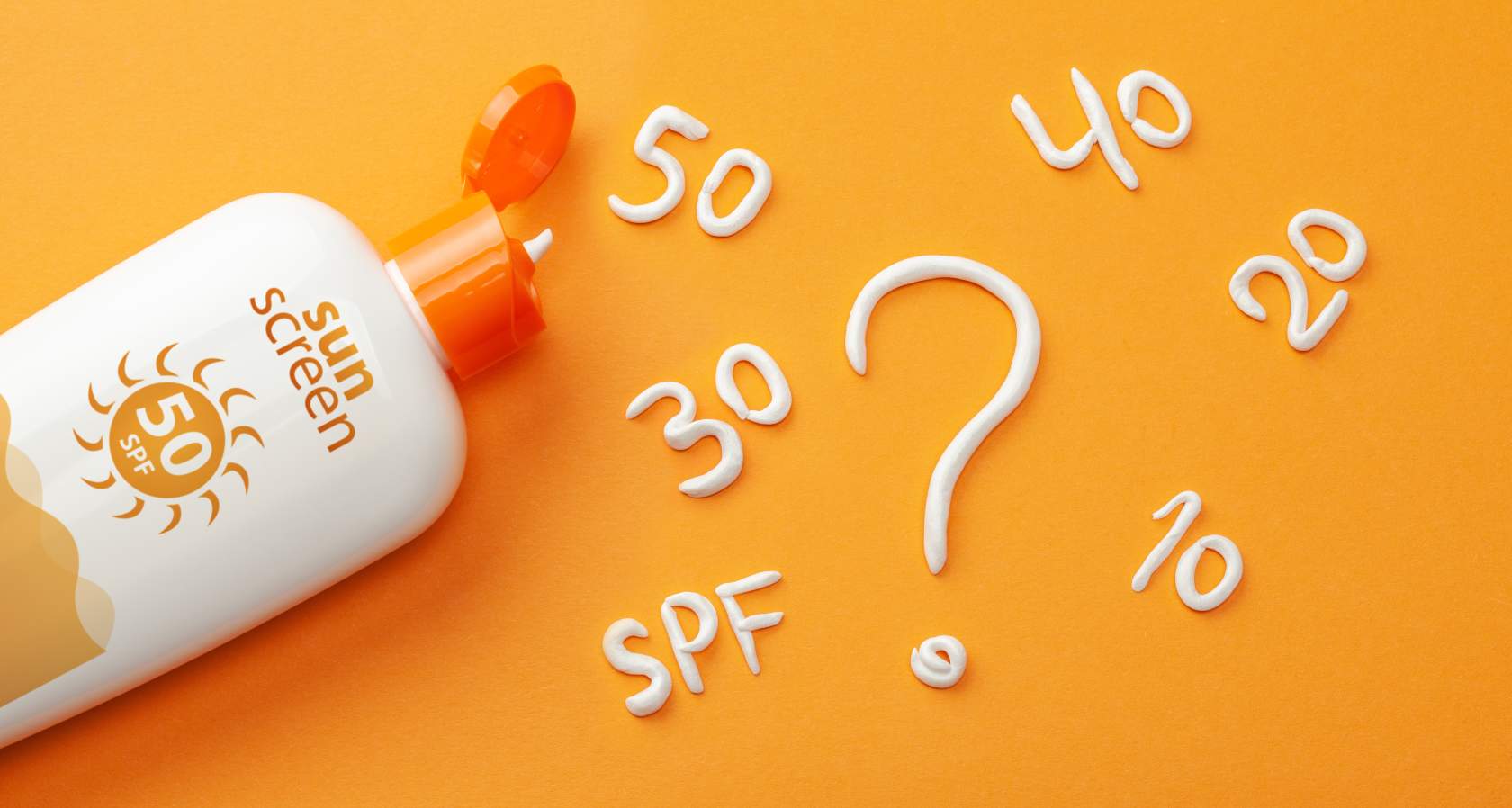
Ultraviolet protection factor
In 1996, Australia and New Zealand developed a standard for sun protective clothing. It’s been through a couple of iterations since, but the original intent remains – to classify clothing by the level of sun protection it offers.
Sun protective clothing, including hats, shirts and swimwear like rashies and paddle suits and kids’ swimsuits, should incorporate a tag that shows an ultraviolet protection factor (UPF) number, as determined by the standard. This number indicates the level of protection offered under a three-level classification system.
The UPF classification is also applied to other items like poolside umbrellas, beach shades, tents and other shelters.

Hats, headwear and sunglasses
Hats should protect your face, head, neck and ears, so baseball caps and sun visors won’t cut it. Look for close weave fabrics that block light and hats that feature a dark inner lining, so UV radiation isn’t reflected onto your face and eyes. Broad brimmed or bucket hats with a deep crown that sit low on the head are the best choices. Kids’ legionnaire-style swim hats are a great way to keep necks covered both in and out of the water.
Sunglasses should offer protection from UV radiation – but not all do. In Australia and New Zealand, lenses are categorised from 0-4. Look for options that have a lens category of 2, 3 or 4, which will absorb 95% of UV radiation, while 0-1 are fashion items only and offer no protection.
Some sunglasses feature an eye protection factor (EPF) from 1-10. The higher the number, the more protective they are. An EPF of 9 or 10 exceeds the Australian standard and blocks almost all UV radiation.
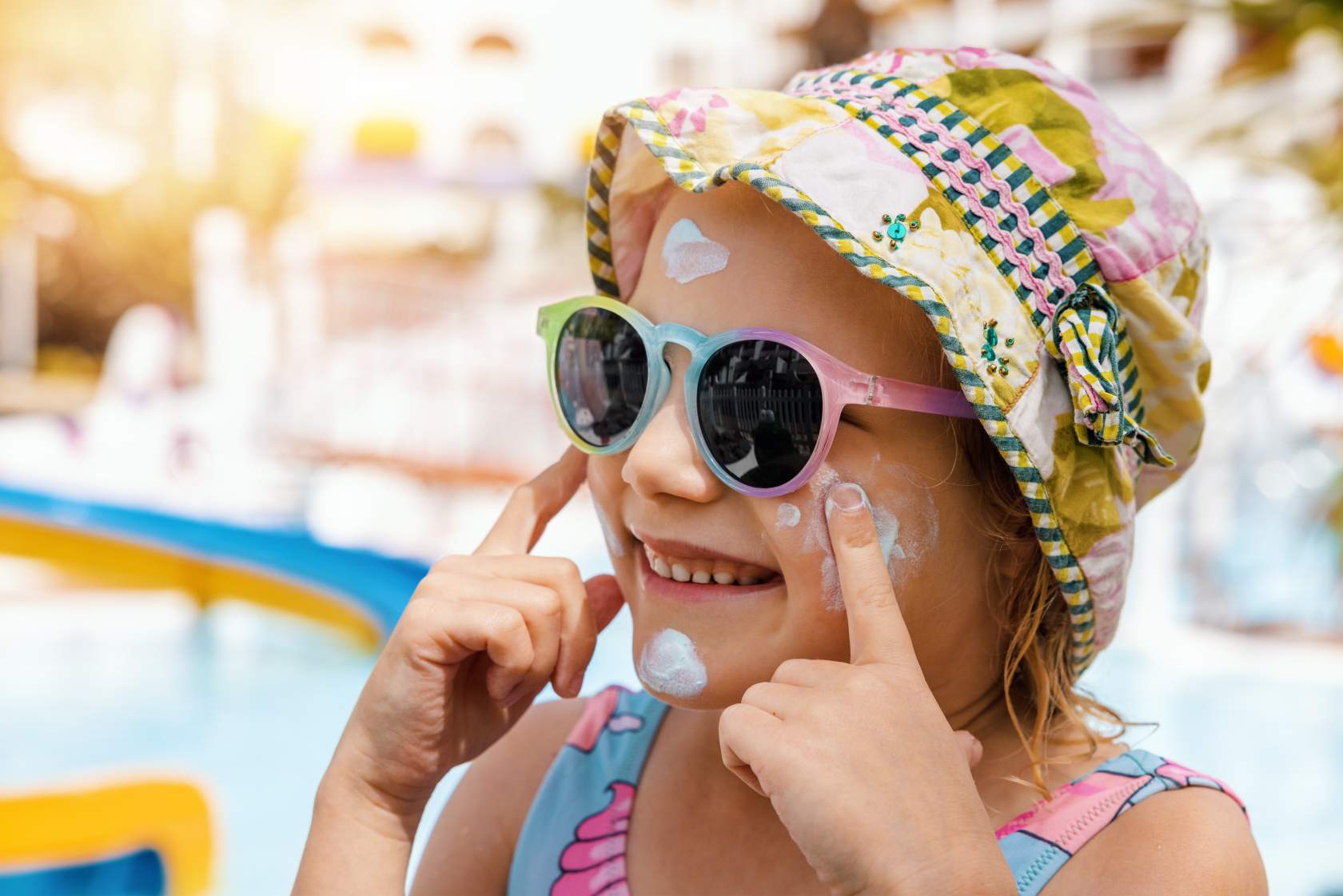
A word on little ones
Little bubs have sensitive skin, so sunscreen use is not recommended for those aged under six months. Cancer Council also suggests keeping babies under 12 months out of direct sunlight when the UVI is three or above and avoiding the hottest times of the day.
If you are out and around the pool, remember to keep little ones in the shade and use protective clothing and a hat. Check out the Sun Protection and Babies fact sheet on the Cancer Council website (www.cancercouncil.com.au/ and search ‘sun protection for babies’) for detailed information.
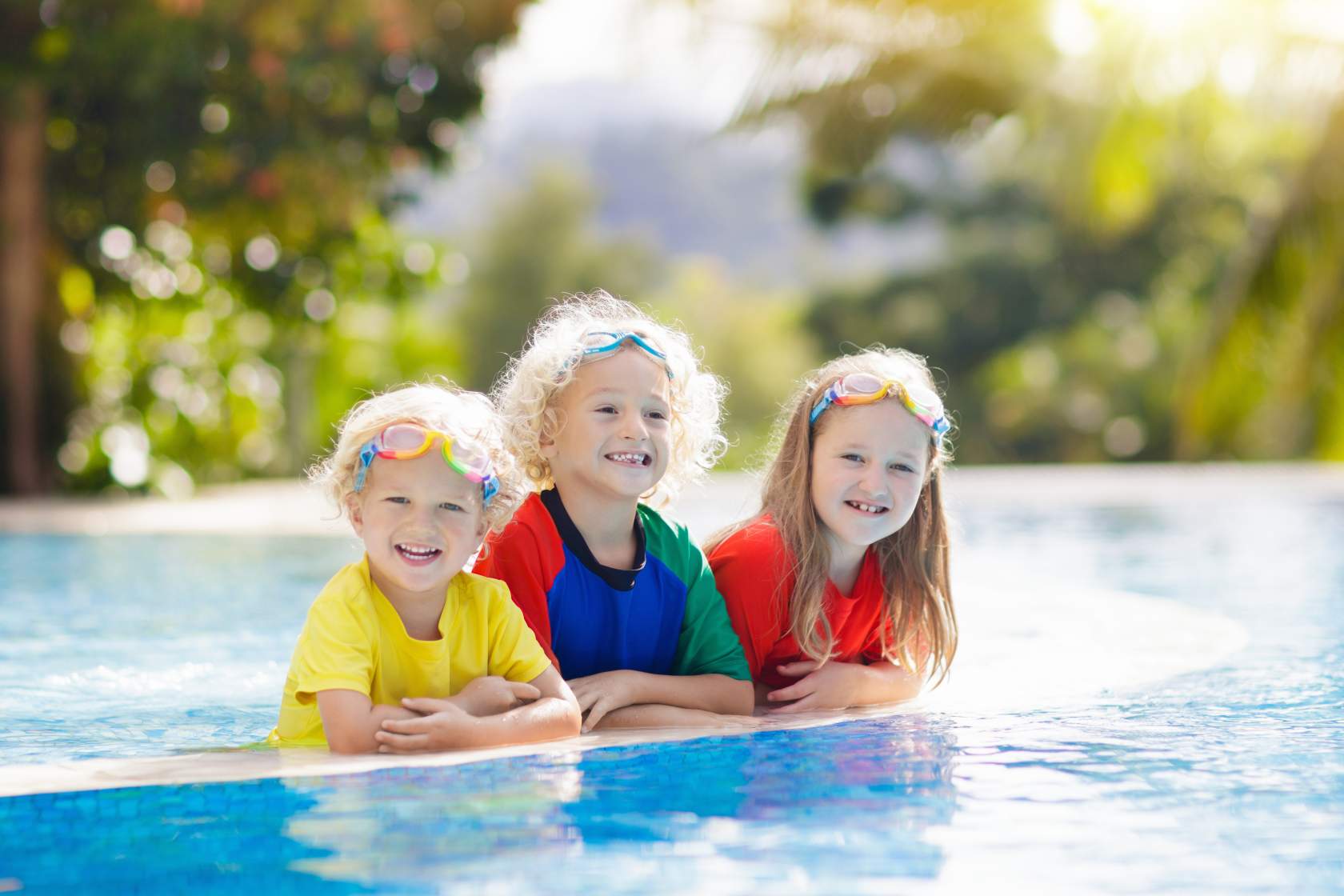
Stay informed, stay sun safe
Things keep changing in our fast-paced world, and we’ve come a long way since the iconic slip, slop slap campaign. With an arsenal of sun-safe tools at our disposal, along with a wealth of information, it’s easy to stay informed and ensure that every day in the sun is a fun one.
